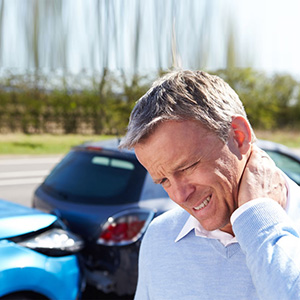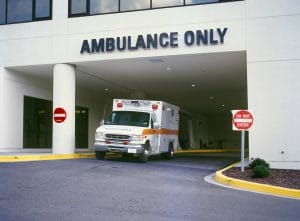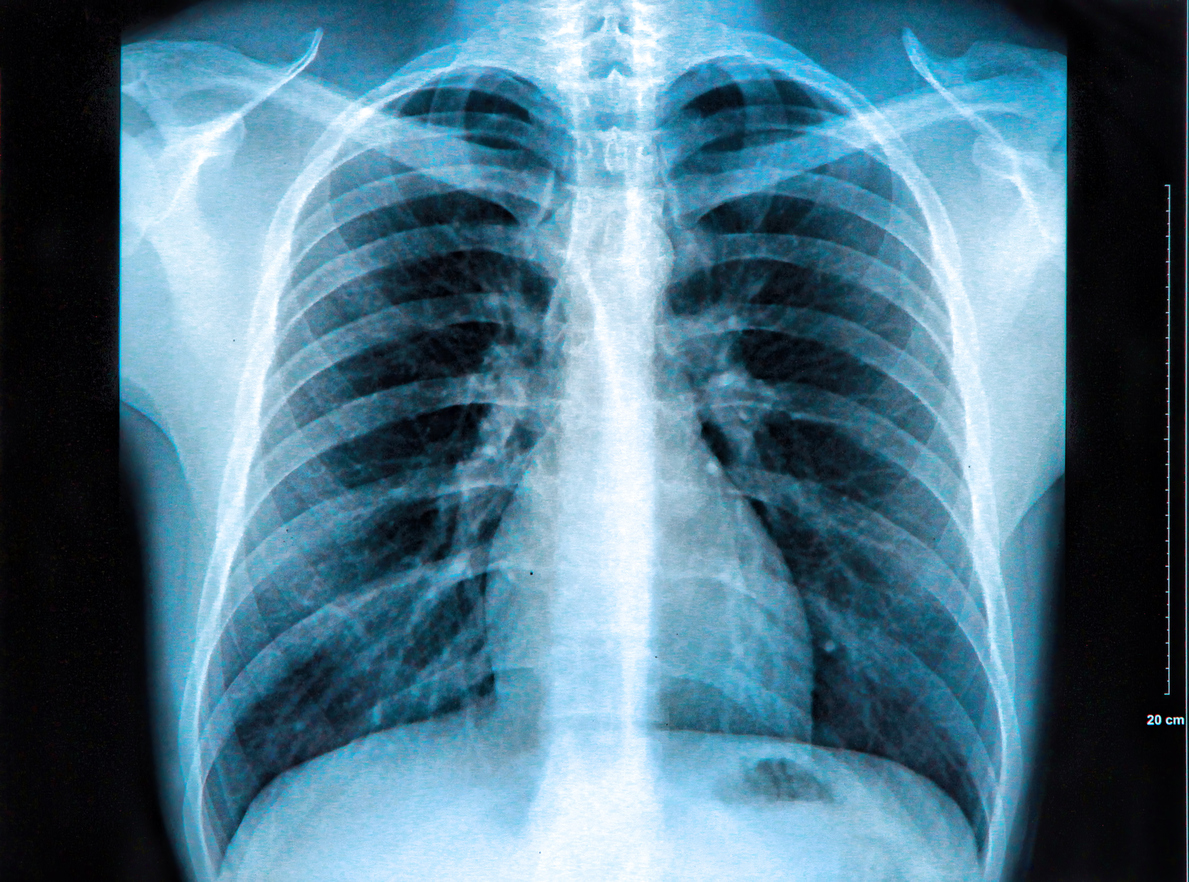PTSD After a Serious Car Wreck
 What is Posttraumatic Stress Disorder (PTSD)? After someone goes through a traumatic event or life threatening situation it is not uncommon for that person to experience anxiety, flashbacks of the event, nightmares, increased jumpiness, etc. This has often been associated with war veterans or persons who have been physically or sexually assaulted, however, it’s also possible someone to experience PTSD after a serious car wreck, as well. If the symptoms last longer than three months, create great stress, and disrupt work or home life it is important that person seek help.
What is Posttraumatic Stress Disorder (PTSD)? After someone goes through a traumatic event or life threatening situation it is not uncommon for that person to experience anxiety, flashbacks of the event, nightmares, increased jumpiness, etc. This has often been associated with war veterans or persons who have been physically or sexually assaulted, however, it’s also possible someone to experience PTSD after a serious car wreck, as well. If the symptoms last longer than three months, create great stress, and disrupt work or home life it is important that person seek help.
Due to the high volume of commuter and personal travel in the United States there is increased incidence of personal injury and even fatalities. “In any given year, approximately 1% of the U.S. population will be injured in motor vehicle accidents (MVA). Thus, MVA’s account for over three million injuries annually and are one of the most common traumas individuals experience.” [U.S. Department of Veteran Affairs; National Center for P.T.S.D.]
Although not everyone involved in a car wreck will develop mental health problems, those that due generally experience PTSD, major depression and anxiety disorders. This may range from anxiety when driving to an outright fear of driving. On study reported that 15% of serious car wreck survivors reported a phobia of driving.
The risk factors for developing PTSD after a serious car wreck can be broken down into 3 sets of variables. Basically, pre-accident variables, accident related variables, and post-accident variables.
- Pre-accident variables would include things like the person having had a poor ability to cope with stressful or traumatic events previously, pre-accident mental health issues such as depression, and a poor social support system.
- Accident related variables would include things like the amount of physical injury, the potentially life threatening injuries, and the loss of significant others in the accident. As the amount of injury and fear of dying increase, the change of developing PTSD also increases.
- Finally, post-accident variables that can be predictive of the development of PTSD following a serious car wreck may include the rate of physical recovery from injury, the amount of social support the person has from friends and family as well as the level of active re-engagement with both work and social activities. Survivors of an automobile accident should be encouraged to maintain as much of their pre-accident lifestyle to the extent that their physical injuries and/or limitations will allow. This coping strategy along with as much support from friends and family as possible tends to lead to positive outcomes.
What kind of treatment is there for PTSD after a serious car wreck?
One thing different about automobile accident-related PTSD that is different from PTSD caused by other traumas is the increased chance of developing a chronic pain condition. Common treatments may include behavior therapy, cognitive therapy, and medications. Working with a chronic pain specialist is often useful in helping the person manage the physical pain caused by the accident. Whether one treatment is used or a combination of treatments are used, it is best to recognize symptoms early on and get help!


 Have you been in an car accident? Are you experiencing neck or back pain? Maybe you’ve been diagnosed with a cervical, thoracic or lumbar strain/sprain. What is the difference between the types of sprains and strains?
Have you been in an car accident? Are you experiencing neck or back pain? Maybe you’ve been diagnosed with a cervical, thoracic or lumbar strain/sprain. What is the difference between the types of sprains and strains?
 Injuries sustained in an automobile accident depend on direction of travel, speed of travel, and collisions. Generally, if a vehicle is hit from behind the chances of severe damage or injury is less likely, however, a client of mine was recently hit so hard from behind her car was written off as a total loss, she suffered a closed head injury from her head hitting the steering wheel (while restrained), and cervical and thoracic strain from the impact. Car accidents involving a
Injuries sustained in an automobile accident depend on direction of travel, speed of travel, and collisions. Generally, if a vehicle is hit from behind the chances of severe damage or injury is less likely, however, a client of mine was recently hit so hard from behind her car was written off as a total loss, she suffered a closed head injury from her head hitting the steering wheel (while restrained), and cervical and thoracic strain from the impact. Car accidents involving a  Let’s take a closer look at possible symptoms of a herniated disc. In some cases a herniated disc will cause no symptoms and in other cases the condition can create localized pain if the tear affects the small nerves located in the uppermost layers of the outer wall of the affected disc. Additional symptoms can develop if the disc wall or escaped nucleus pulposus (the jelly like center) exerts pressure on the spinal cord or a spinal nerve root. Some people may experience neck or back pain, radiating pain that travels down the arms or legs, muscle weakness, numbness or walking difficulties.
Let’s take a closer look at possible symptoms of a herniated disc. In some cases a herniated disc will cause no symptoms and in other cases the condition can create localized pain if the tear affects the small nerves located in the uppermost layers of the outer wall of the affected disc. Additional symptoms can develop if the disc wall or escaped nucleus pulposus (the jelly like center) exerts pressure on the spinal cord or a spinal nerve root. Some people may experience neck or back pain, radiating pain that travels down the arms or legs, muscle weakness, numbness or walking difficulties.


